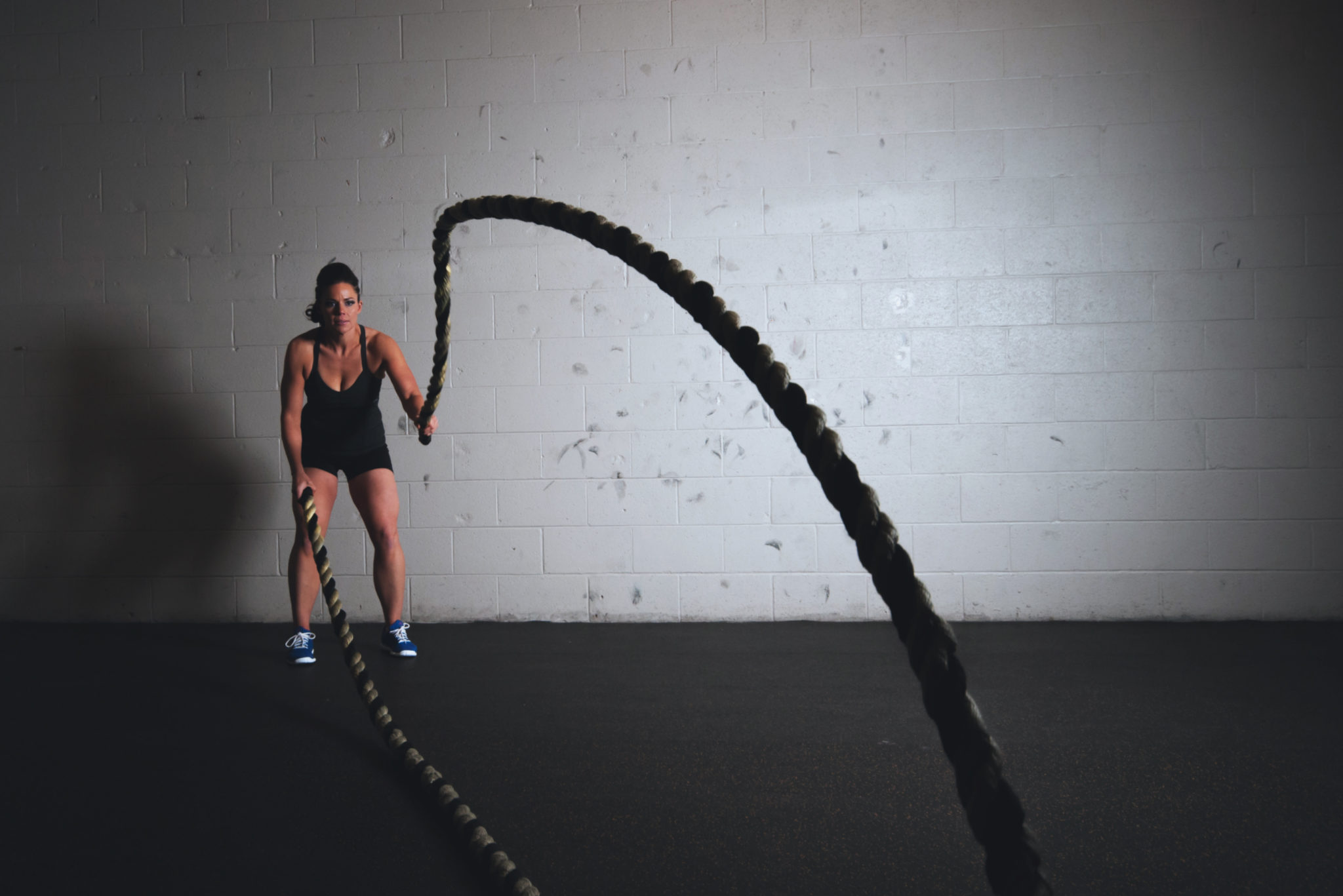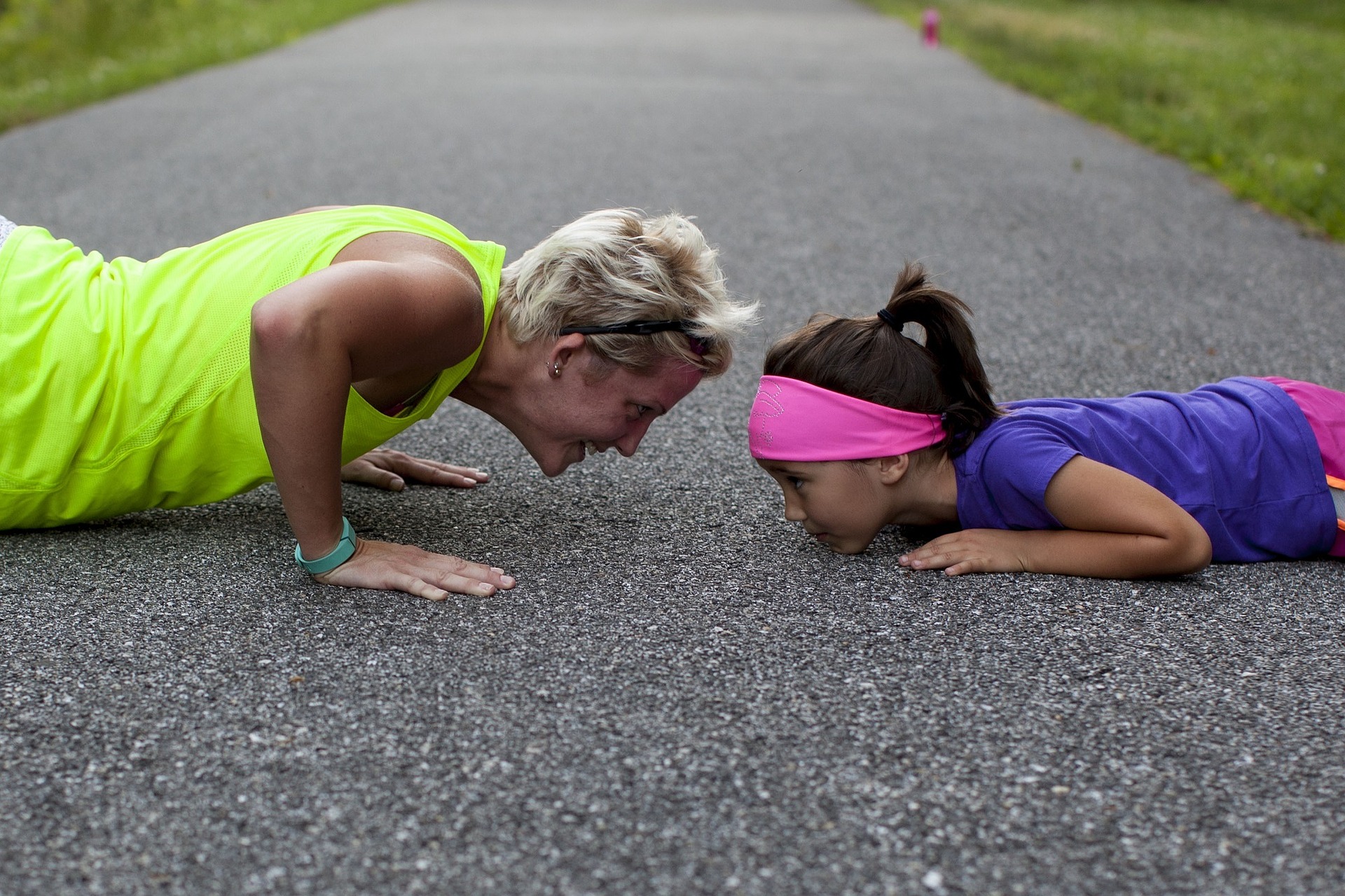Good things come to those who sweat.
For years, athletic training programs have been using a specific type of exercise program to improve athlete performance and fitness. But this exercise method has gained popularity among recreational exercisers (people like you and me!) in the last several years.

HIIT, high-intensity interval training, is a way of exercising that includes a sequence of intense exercise bursts followed by recovery. The idea is to give you best effort for a period of time and then slow down and allow your body to recover.
Here is the best part…
These types of workouts can be completed in as few as 20 minutes with the research showing some incredible health benefits:
- burns more calories for the 2 hours post-exercise than traditional endurance exercise
- Burns abdominal fat while maintaining muscle
- Improves lipid/cholesterol profile
- Improves insulin sensitivity
- Improves blood pressure and cardiovascular health
Yes, the research shows you can actually burn more calories after a HIIT workout than after a walk or jog lasting the same time! AND, due to the high-intensity bursts, you are able to reach fat-burning zones to help you get rid of some abdominal fat! This is truly a win-win!!
You don’t need an hour at the gym to get a good workout. You don’t have to be a long-distance runner or biker to slim down. Just a good pair of tennis shoes and a can-do attitude!
Curious to try this out?! Here is what you need to know in order to get the best results in the shortest time with the safest methods.
Is this appropriate for all fitness levels?
While the intensity of HIIT can be adapted to all levels of fitness, it is recommended to have a foundational level of fitness before beginning this type of routine. Essentially, 30-60 minutes of cardio 3-5 times per week for several weeks helps develop muscular strength, improve oxygen transport and helps you learn good form before beginning a higher intensity workout like HIIT. Otherwise, the risk of injury increases.
What type of exercise can I do using the HIIT method?
HIIT is a way of training NOT a specific type of exercise. Therefore, you can apply this approach to many different types of exercises including,
- Biking
- Jogging
- group exercise classes
- Rowing
- Walking
- Aerobics
- Swimming

How hard should I be working?
During the intense bursts, you want to work hard enough to make carrying on a conversation VERY difficult. On a 0-10 scale, you want to work at an 8 or 9 intensity. During the rest period, you want to slow down your breath and allow your muscles to relax, working at 4-5 on a 0-10 scale.
How do I create a HIIT routine?
There are different ratios of intense bursts to rest that can be used for HIIT, but common is a 1:1 ratio. The ACSM says this ratio is often a 3, 4 or 5-minute interval of hard work followed by the same amount of rest time. Although, some exercise programs may use different ratios, the goal is to work using almost maximum effort and then allow your body to recover just enough to have the energy to work very hard again. Some HIIT routines use 30, 45 or 60-second bursts.
Remember that during recovery, you do not sit down or stop, just reduce intensity. For example, someone might run hard for 2 minutes followed by a 2 minute fast paced walk and continue this cycle for a set period of time (this method is used by a lot of couch to 5K programs to help runners build up fitness and endurance!). A lot of gyms offer HIIT group exercise classes- make sure to check the schedule or ask!
How often can I complete a HIIT routine?
The American College of Sports Medicine recommended beginning with 1 time per week and eventually increasing to 2. Because this type of exercise is more exhaustive than traditional endurance exercise, it is smart to avoid dramatically overhauling your workout routine in the beginning. This is the perfect type of workout for the days when your exercise time is quite limited and the goal is to just get it done!
Are there any risks involved with HIIT?
Using improper form and failure to warm-up and cool-down can lead to injury. It is important to make sure that when you are doing the intense bursts, you are using correct form and alignment because when your body begins to tire, it is easy to allow our muscles to relax and land or move incorrectly. Of course, consult your healthcare practitioner before making any major changes to your exercise routine, especially if you have a history of cardiovascular conditions, diabetes, joint issues.

Don’t become chained to the limiting belief that you have to workout for 30-60 minutes to gain any benefits. Every. Single. Minute you exercise, you are doing your body a favor. In return, it will give you results!
If you want more energy- exercise.
If you want effective stress management- exercise.
If you want strong bones- exercise.
If you want to improve your sex life- exercise.
If you want to feel strong and fit- exercise.
If you want to be the best YOU- exercise.
You can’t escape it if you want the best life. Let’s give the minutes we have and really make them count!
TRUTH: She dresses herself with strength and makes her arms strong.
Proverbs 31:17 (ESV)
REFERENCES
American College Of Sports Medicine- HIIT
